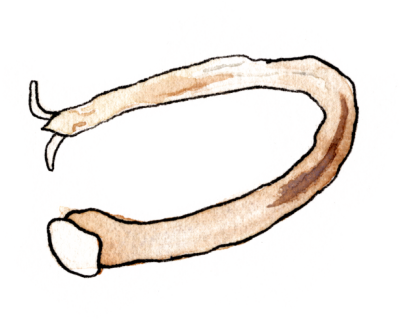
algaerithm
ecosystem restauration,

ecosystem restauration,
these restorative structures are the home of toads, shipworms and algae, whose usual habitat has been destroyed by boats, buildings and biodiversity loss.
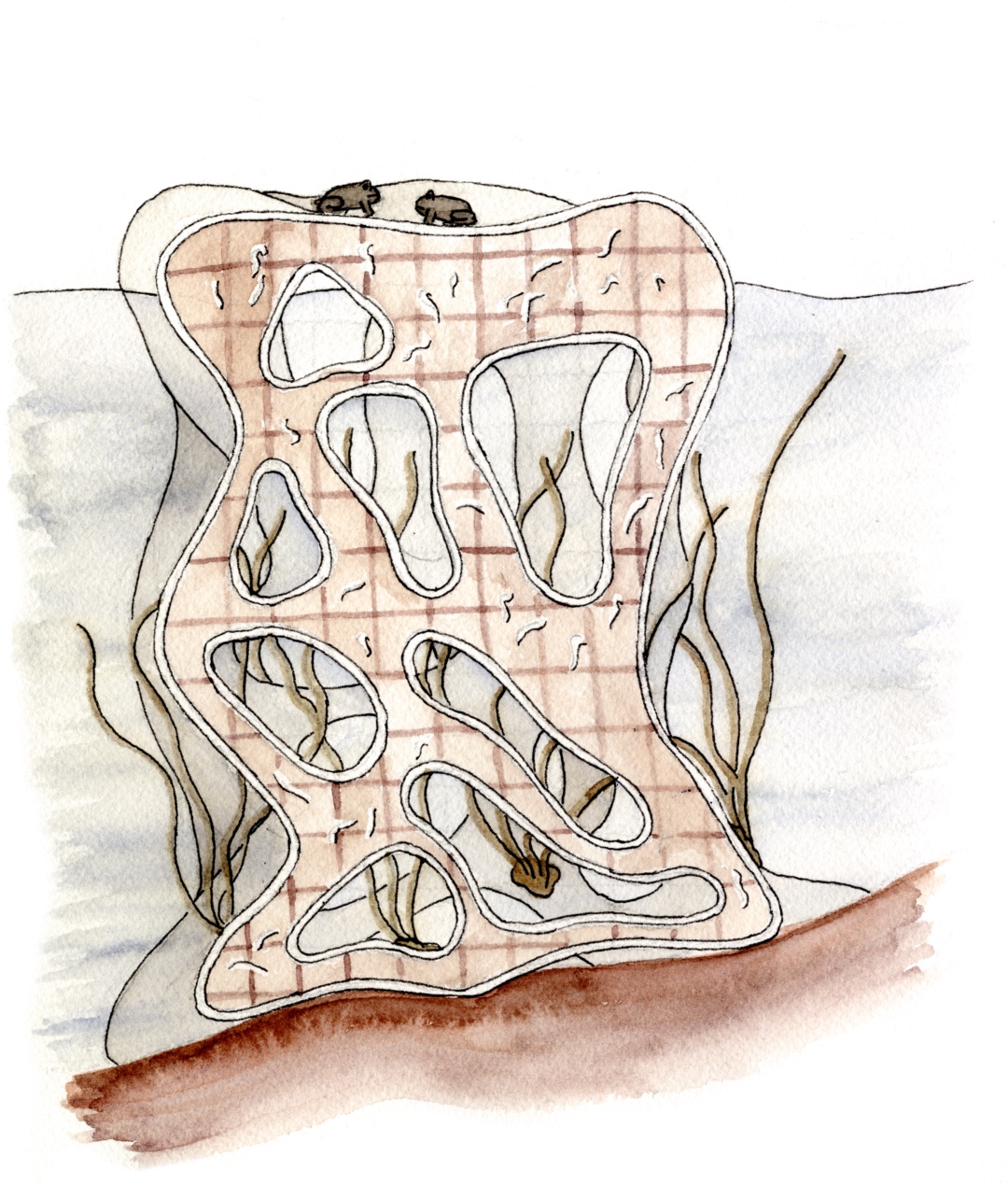
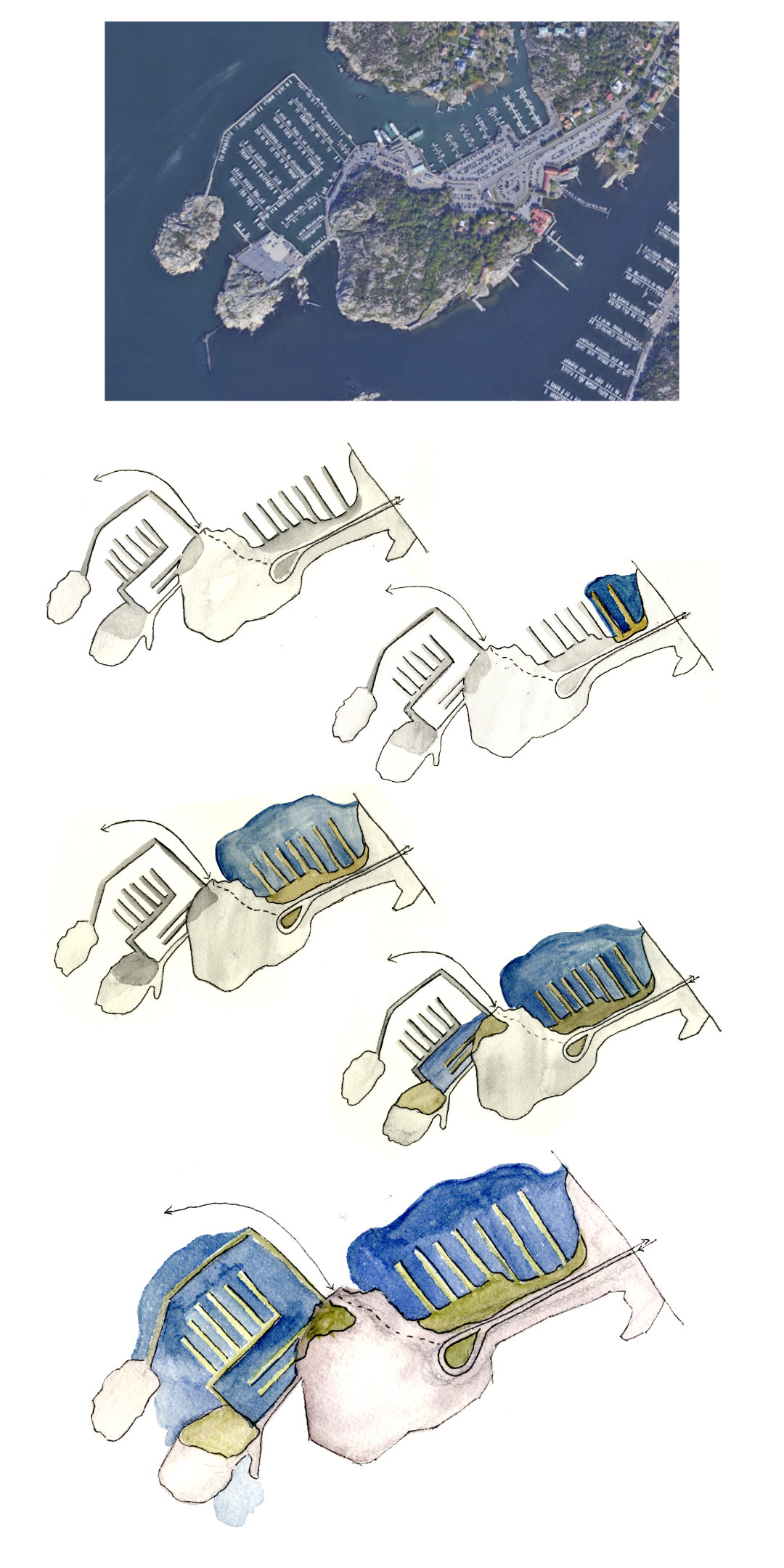
saltholmen is a commuting hotspot 30 minutes outside of gothenburg, where archipelago-inhabitants switch from sea- to land-transport. while there is a quite decent connection into gothenburg with public transport, many people still drive their own cars and take their own boats, which we saw incompatible with a sustainable future. a major part of saltholmen consists of parking lots, both on land and water. in our vision, those areas will be restored to green areas, phasing out personal transport and replacing it with better tram, ferry and bus connections, as well as car-sharing services.
to improve and visualize the restoration, we have worked with creating algaerithm; they are 3m tall sculptures that will be submerged into the water in the new green areas to boost restoration. algaerithm uses locally sourced wood, wood fleece and a top layer of oyster concrete, made from the shells of the abundant—and invasive—pacific oyster. over a longer time period, algaerithm will dissolve and fall apart into the water, creating sand, which is necessary for species like eel grass to grow.
algaerithm's shape is fully generated in grasshopper, allowing for infinite arrangements in the same dimensions, but also easy adjustment to different water depths or environments.
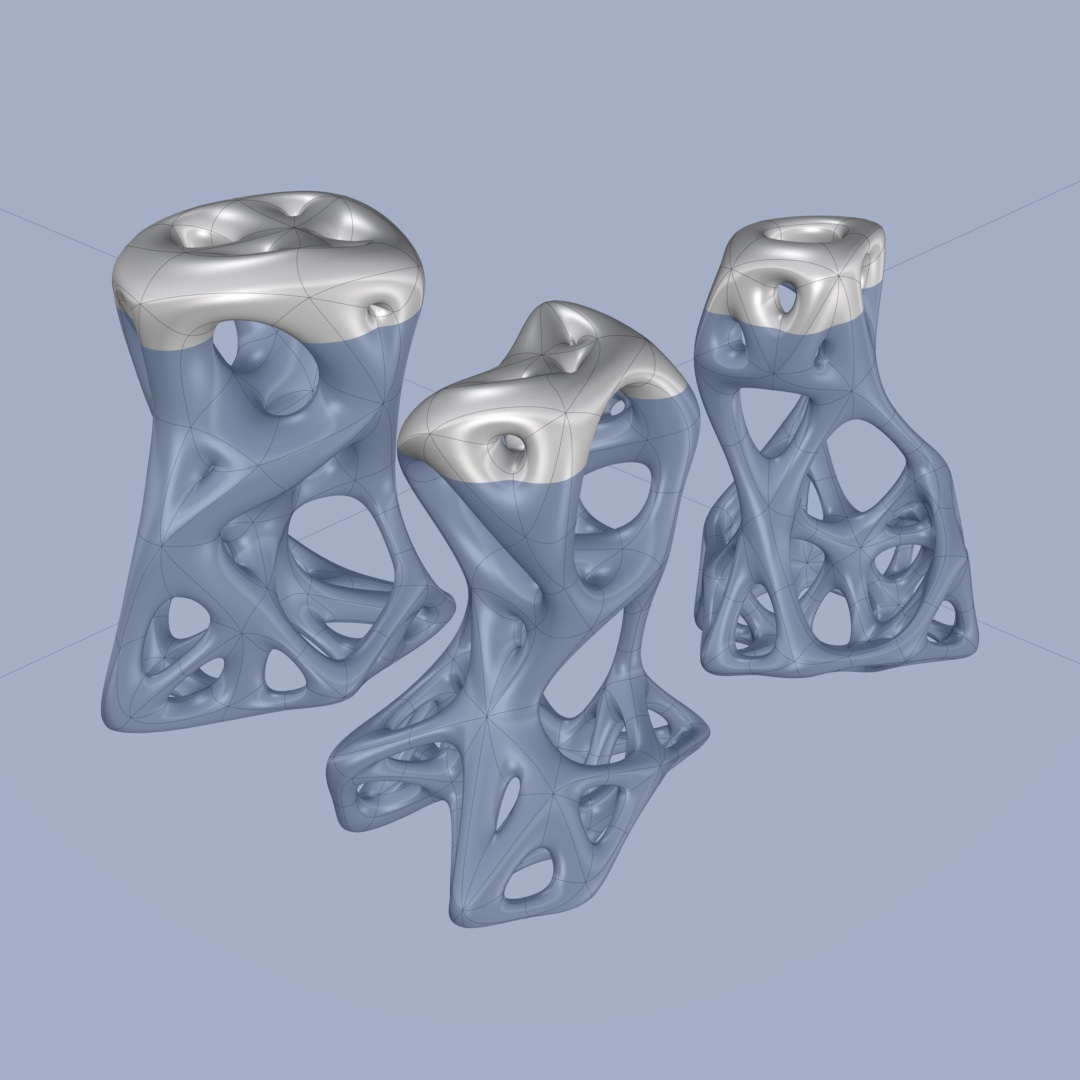
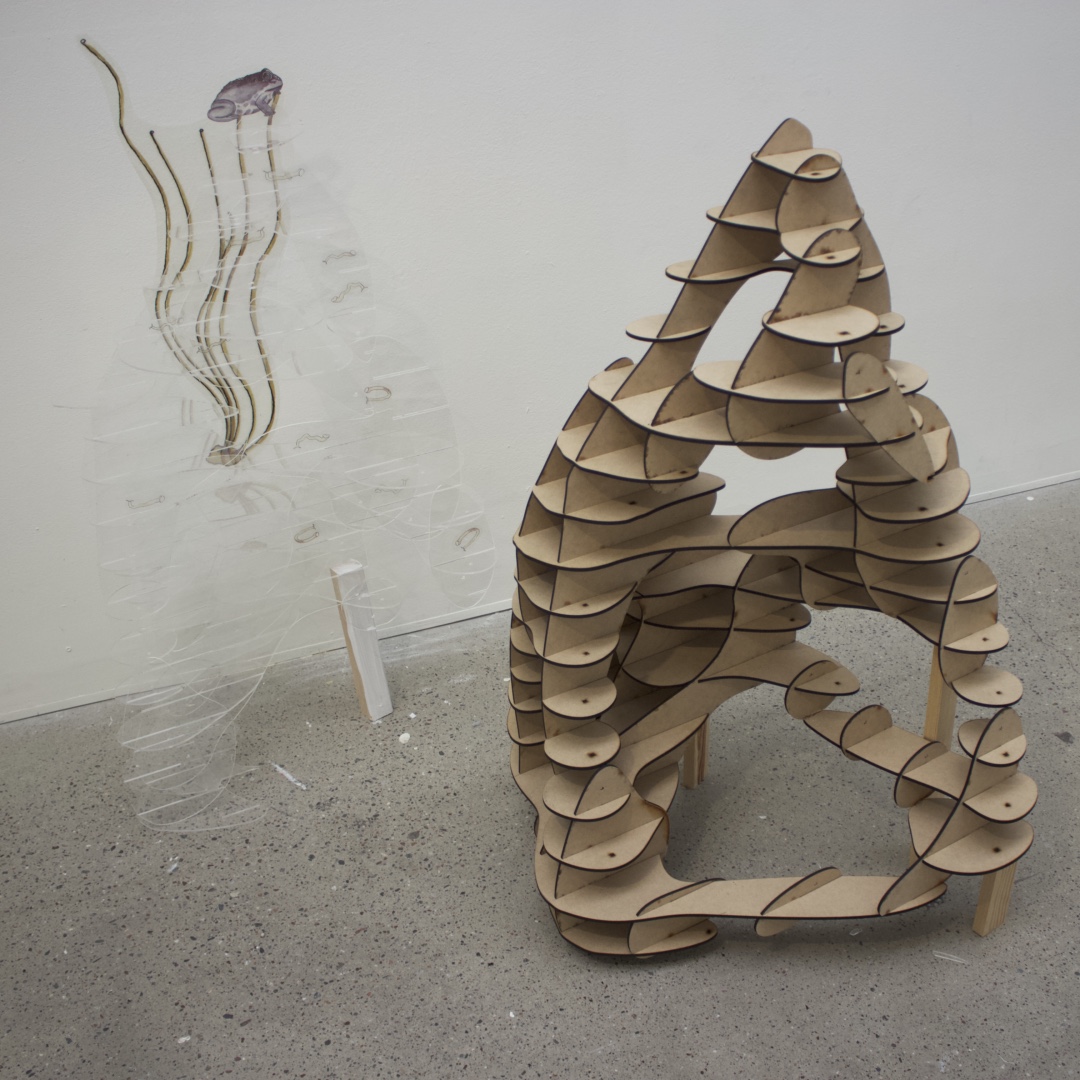
the basis of each sculpture is a wooden skeleton (the one in the image is a section of the real size) that gets covered in a wood fleece and then oyster concrete. that means it can be built in place, without special tooling, and has a very small transport footprint.